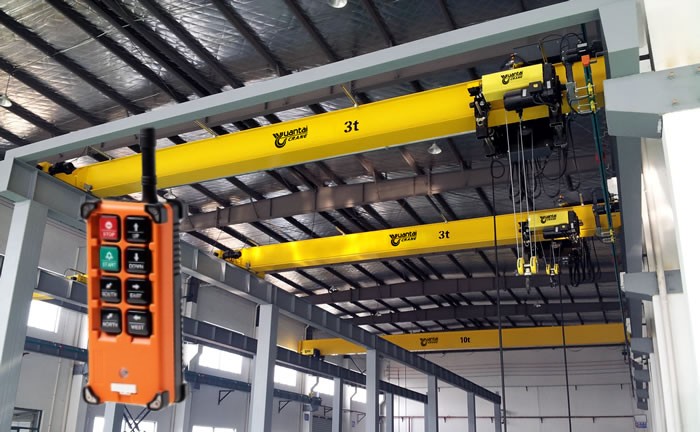In the dynamic landscape of modern industry, efficiency is paramount. From construction sites to manufacturing facilities, businesses are constantly seeking innovative solutions to streamline operations and maximize productivity. Remote control crane have emerged as one such solution, revolutionizing the way heavy lifting tasks are performed. In this blog, we explore the pivotal role of remote control cranes in modern industry and how they contribute to mastering efficiency.
The Evolution of Crane Technology
Crane technology has undergone significant advancements over the years, driven by the need for safer, more efficient lifting solutions. Traditional cranes required manual operation, often involving physical labor and potential safety risks. However, with the advent of remote control technology, crane operation has been transformed.
Understanding Remote Control Cranes
Remote control cranes, as the name suggests, are cranes that can be operated remotely from a distance. Instead of relying on a physical cab or control station, operators use handheld remote controls or computer interfaces to maneuver the crane and perform lifting tasks.
Advantages of Remote Control Cranes
1. Safety
Safety is paramount in any industrial setting, especially when it comes to heavy lifting operations. Remote control cranes allow operators to control the crane from a safe distance, minimizing the risk of accidents and injuries. This is particularly beneficial in hazardous environments or when lifting heavy or delicate loads.
2. Precision
Remote control cranes offer unparalleled precision and control. Operators can maneuver the crane with greater accuracy, allowing for precise positioning of loads and minimizing the risk of damage to surrounding structures or equipment. This level of precision is essential in industries where accuracy is critical, such as construction and manufacturing.
3. Flexibility
Remote control cranes offer unmatched flexibility, allowing operators to perform lifting tasks in confined or hard-to-reach spaces. With the ability to control the crane from various vantage points, operators can adapt to changing work conditions and overcome logistical challenges more effectively.
4. Efficiency
Efficiency is the cornerstone of modern industry, and remote control cranes excel in this regard. By eliminating the need for manual operation and optimizing workflow, remote control cranes enable faster, more streamlined lifting operations. This not only increases productivity but also reduces downtime and operational costs.
5. Versatility
Remote control cranes are highly versatile and can be customized to suit specific industry requirements. Whether it’s lifting heavy machinery on a construction site or loading cargo in a warehouse, remote control cranes can handle a wide range of lifting tasks with ease.
Applications of Remote Control Cranes
Remote control cranes find application across various industries, including:
- Construction: Remote control cranes are used for lifting heavy materials and equipment on construction sites, where safety and precision are paramount.
- Manufacturing: In manufacturing facilities, remote control cranes streamline production processes by facilitating the movement of raw materials and finished products.
- Warehousing and Logistics: Remote control cranes play a crucial role in warehousing and logistics operations, where they are used for loading and unloading cargo from trucks and containers.
Conclusion
Remote control cranes have revolutionized the way heavy lifting tasks are performed in modern industry. With their emphasis on safety, precision, flexibility, efficiency, and versatility, remote control cranes have become indispensable tools in construction, manufacturing, warehousing, and logistics operations. As technology continues to advance, we can expect remote control cranes to further evolve, offering even greater capabilities and efficiencies to meet the evolving needs of modern industry.
